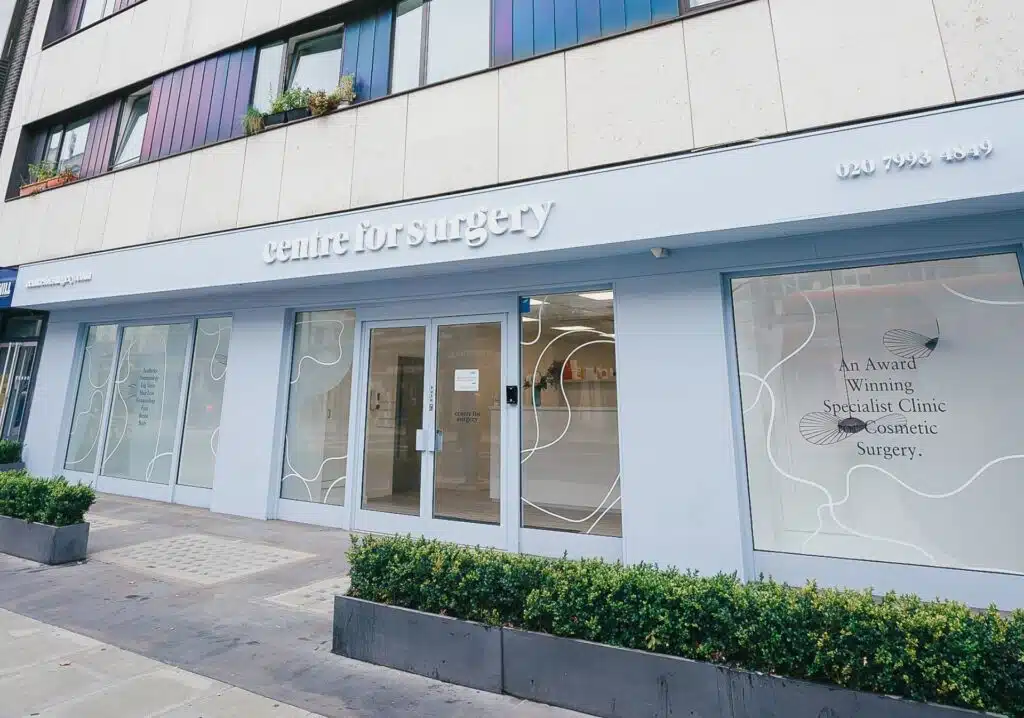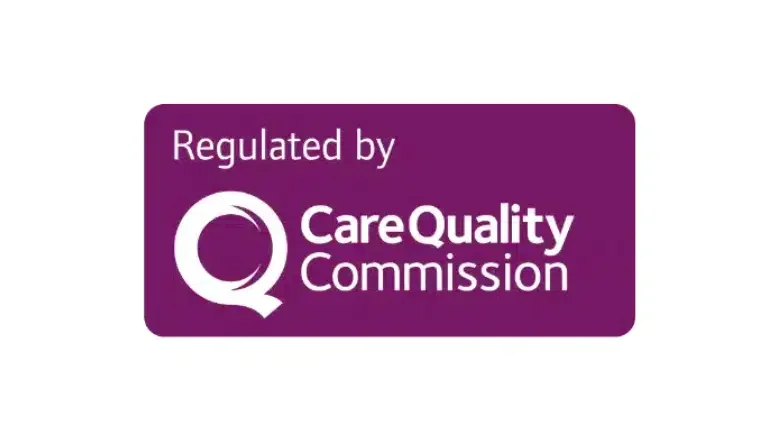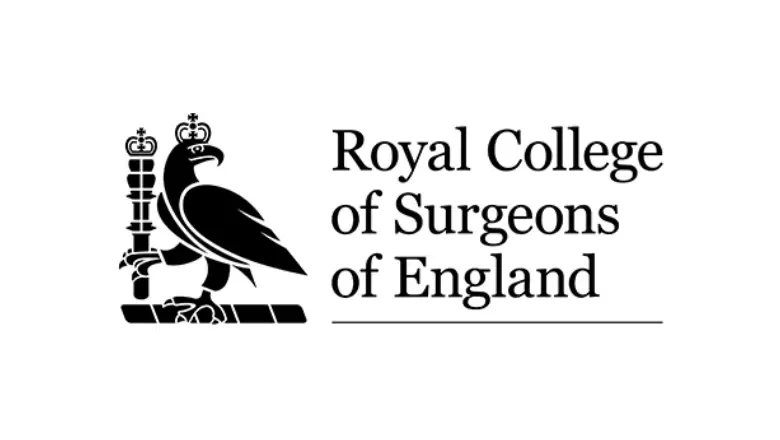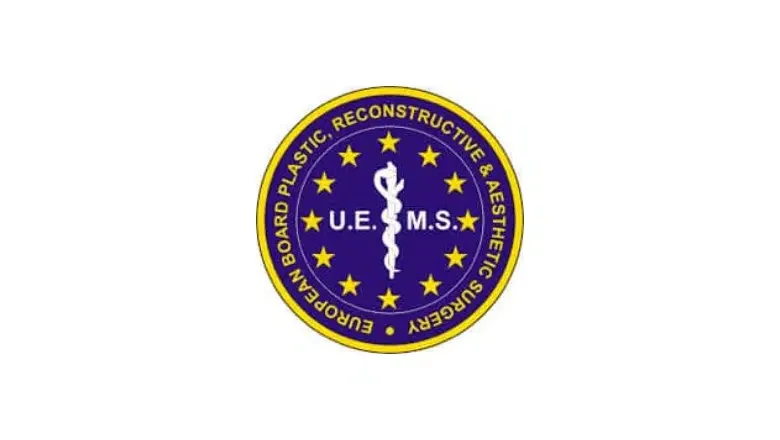Breast lift surgery or mastopexy is a popular cosmetic procedure in the UK that can treat sagging or drooping breasts, creating a more balanced and proportionate appearance while alleviating back, neck, and shoulder pain. While the surgery can greatly enhance your body image and self-confidence, there are potential side effects to consider. Bruising and swelling are common after a breast lift due to the body’s natural response to trauma. Taking the right steps to minimise bruising can lead to a more comfortable recovery and greater peace of mind.
RELATED: Breast Lift FAQs – Q&As about Mastopexy Surgery
At Centre for Surgery, we are proud to boast some of the most skilled and experienced breast lift surgeons in the UK. Our surgeons work closely with each patient to achieve optimal results, both aesthetically and in terms of post-operative comfort and well-being.
If you have any questions or concerns regarding breast rlift recovery, please don’t hesitate to contact us. At Centre for Surgery, we prioritise providing our patients with top-quality care and support throughout every phase of their surgical journey. We are always available to address any questions or concerns you may have.
Effective Methods to Reduce Bruising and Swelling after Breast Lift Surgery
Breast lift surgery continues to be the only effective procedure that can address sagging or drooping breasts common after pregnancy or weight loss However, as with any surgical procedure, it can cause swelling and bruising. Fortunately, there are many effective methods to reduce these side effects and promote healing after a breast lift.
Cold Compresses
Applying cold compresses to the breasts can help reduce swelling and bruising. Cold therapy constricts blood vessels, which reduces blood flow to the affected area, thereby reducing inflammation. You can use a bag of ice wrapped in a towel or a specially designed cold compress to apply to the breasts for 20 minutes at a time, several times a day.
Arnica Montana
Arnica Montana is a natural herb that can help reduce bruising and swelling after breast reduction surgery. This herb has been shown to have anti-inflammatory properties and can be taken orally or applied topically as a cream or gel. It is important to speak to your surgeon before taking any supplements or using any creams to ensure it is safe for you to use.
Compression Garments
Wearing a compression garment after a breast lift can help reduce swelling and bruising. Compression garments help improve blood flow and reduce fluid buildup, which can speed up the healing process. Your surgeon will provide specific instructions on how long to wear the compression garment and which type to use.
Proper Nutrition
Eating a healthy diet rich in vitamins, minerals, and protein can help promote healing after breast reduction surgery. This includes foods such as fruits, vegetables, lean proteins, and whole grains. Adequate hydration is also important to help flush out toxins and reduce swelling.
Avoid Certain Medications
Certain medications can increase the risk of bleeding and bruising after mastopexy surgery. These include aspirin, ibuprofen, and other nonsteroidal anti-inflammatory drugs (NSAIDs). It is essential to speak to your surgeon about any medications you are taking and which ones you should avoid before and after surgery.
Rest and Relaxation
Rest and relaxation are essential for proper healing after a breast lift. It is important to avoid strenuous activity and lifting heavy objects for several weeks after surgery to reduce the risk of complications and promote healing.
Follow Your Surgeon’s Instructions
Following your surgeon’s instructions before and after surgery minimises bruising and swelling and ensures a successful outcome. Your surgeon will provide specific instructions on how to care for your incisions, which medications to take, how long to wear a compression garment, and when to resume normal activities.
What can make bruising and swelling worse after breast lift surgery?
While it is important to follow the postoperative care instructions provided by your surgeon to reduce bruising and swelling, there are certain factors that can make them worse. Here are some of the common factors that can exacerbate bruising and swelling after breast lift surgery.
- Not following postoperative care instructions: One of the most important factors in reducing bruising and swelling after breast lift surgery is following your surgeon’s postoperative care instructions. These instructions may include wearing compression garments, avoiding certain activities, and taking prescribed medications as directed. Failure to follow these instructions can lead to increased swelling and bruising.
- Smoking: Smoking can significantly impair the body’s healing process and increase the risk of complications after surgery. Nicotine constricts the blood vessels, which can reduce blood flow and oxygen to the surgical site. This can lead to increased swelling and bruising.
- Alcohol consumption: Alcohol is a blood thinner that can increase the risk of bleeding and bruising after surgery. It can also impair the body’s ability to heal properly.
- Strenuous activity: Strenuous activity, such as lifting heavy objects or engaging in intense exercise, can increase blood flow to the surgical site and lead to increased swelling and bruising. It is important to avoid these activities during the initial recovery period.
- Certain medications: Certain medications, such as aspirin and nonsteroidal anti-inflammatory drugs (NSAIDs), can increase the risk of bleeding and bruising after surgery. It is important to discuss any medications you are taking with your surgeon before the procedure and to follow their recommendations regarding their use during the recovery period.
- Heat: Applying heat to the surgical site can increase blood flow and lead to increased swelling and bruising. It is important to avoid hot tubs, saunas, and other sources of heat during the initial recovery period.
- Poor nutrition: Poor nutrition can impair the body’s ability to heal properly and increase the risk of complications after surgery. It is important to maintain a healthy diet that includes plenty of protein, vitamins, and minerals to promote healing.
FAQs about Swelling and Bruising after Breast Lift Surgery
Is bruising and swelling normal after surgery?
Yes, it is normal to experience bruising and swelling after breast lift surgery. It is a natural response of the body to the trauma of surgery.
How do you stop bruising on your breasts after breast lift surgery?
You cannot completely stop bruising on your breasts after breast reduction surgery. However, there are a few things that can help minimize the severity and duration of bruising, such as avoiding blood thinning medications and supplements, applying arnica cream, and using cold compresses.
What can help bruising after breast lift surgery?
Arnica cream or gel and cold compresses can help reduce bruising after breast reduction surgery. It is also important to avoid blood-thinning medications and supplements before and after the surgery.
How long does swelling last after a breast lift?
Swelling after a breast lift can last for several weeks or even months, but it typically begins to subside within the first two weeks after surgery.
How do you reduce swelling after breast lift surgery?
To reduce swelling after breast lift surgery, it is important to follow your surgeon’s instructions, avoid strenuous activities, and elevate your upper body while sleeping. Compression garments can also help reduce swelling.
When can I sleep on my side after breast lift surgery?
You should avoid sleeping on your side for at least two to three weeks after breast lift surgery. It is recommended to sleep on your back with your upper body elevated using pillows.
Can you apply too much ice after a breast lift?
Yes, applying too much ice after having a breast lift can damage your skin and tissues. It is recommended to apply ice for 20 minutes at a time, with a 20-minute break in between each application.
How do you prevent scarring after breast lift surgery?
To prevent scarring after breast rlift surgery, it is important to keep the incisions clean and dry, avoid sun exposure, quit smoking, and follow your surgeon’s aftercare instructions.
When should I use scar cream after a breast lift?
You should wait until your incisions have fully healed before applying scar cream after breast lift surgery. This typically takes around six weeks.
Can I drink coffee after breast lift surgery?
Yes, you can drink coffee after breast lift surgery. However, it is important to avoid drinking too much caffeine, which can increase your heart rate and blood pressure and affect your recovery.
What happens if I don’t wear a compression bra after breast lift surgery?
If you don’t wear a compression bra after breast lift surgery, you may experience increased swelling and discomfort, delayed healing, and poor cosmetic results. It is important to follow your surgeon’s instructions and wear the compression bra for the recommended period of time.
Breast Lift Surgery at Centre for Surgery
Centre for Surgery is a premier cosmetic surgery clinic situated in London, with some of the most exceptional consultant plastic surgeons in the United Kingdom. We are renowned for our vast experience and expertise in various types of breast lift surgery, including breast lift with implants. Our state-of-the-art Baker Street clinic located in Marylebone performs over 100 breast reduction surgeries annually. To schedule an in-person consultation with one of our specialist breast reduction surgeons, please call us on 020 7993 4849 or complete the contact form below. We are committed to providing you with high-quality and personalised care to achieve the best possible outcome.










